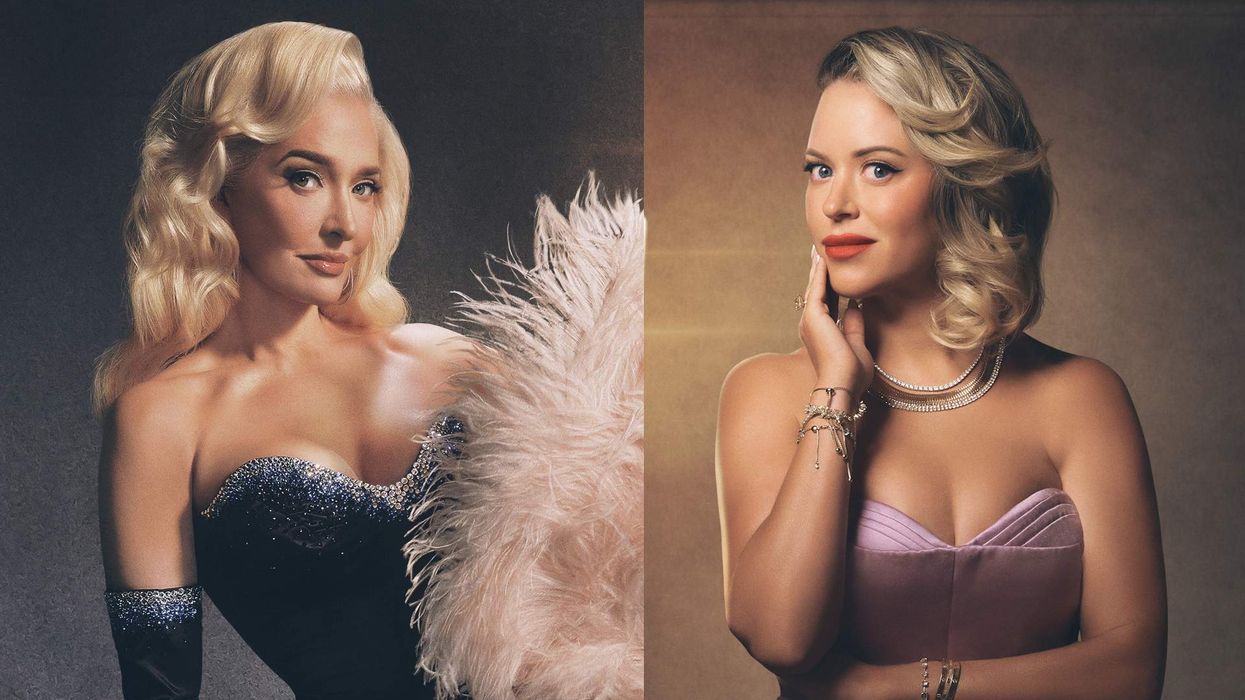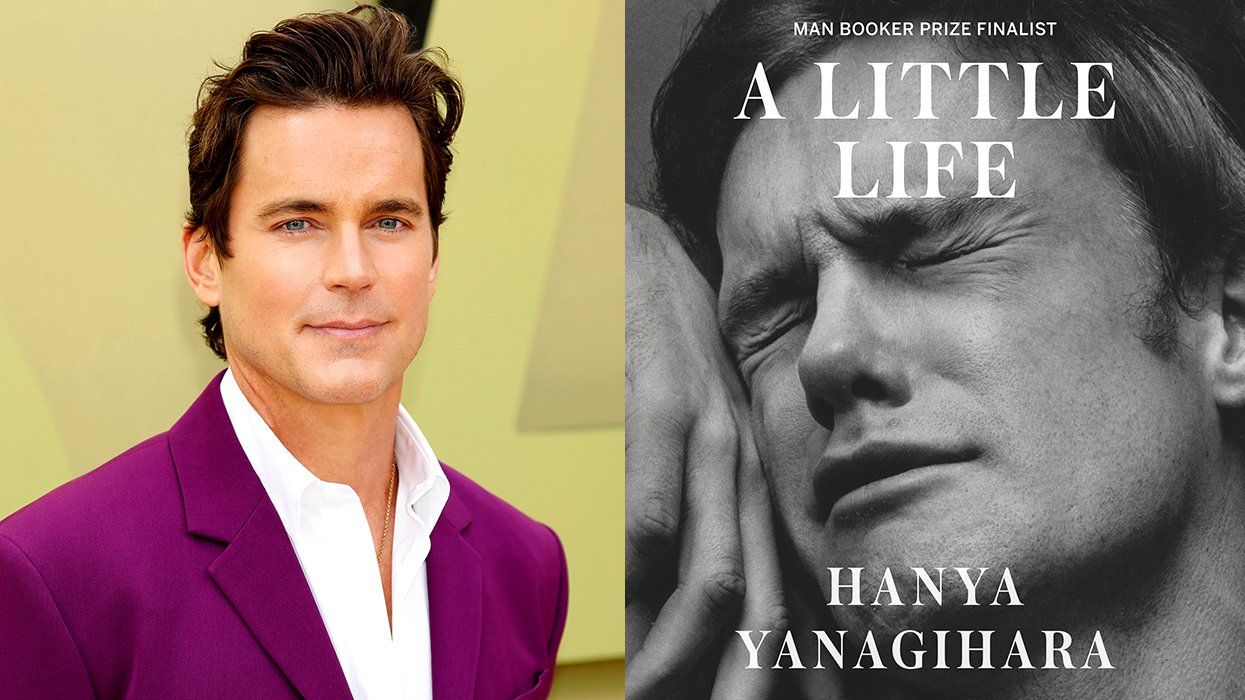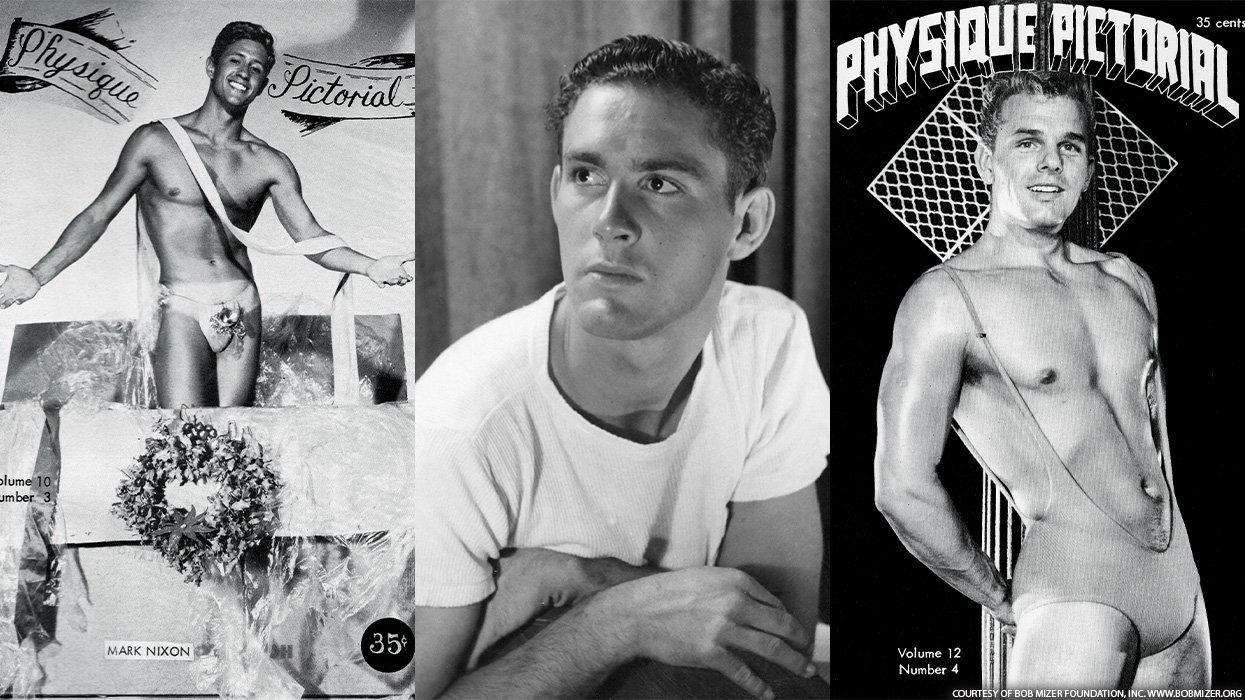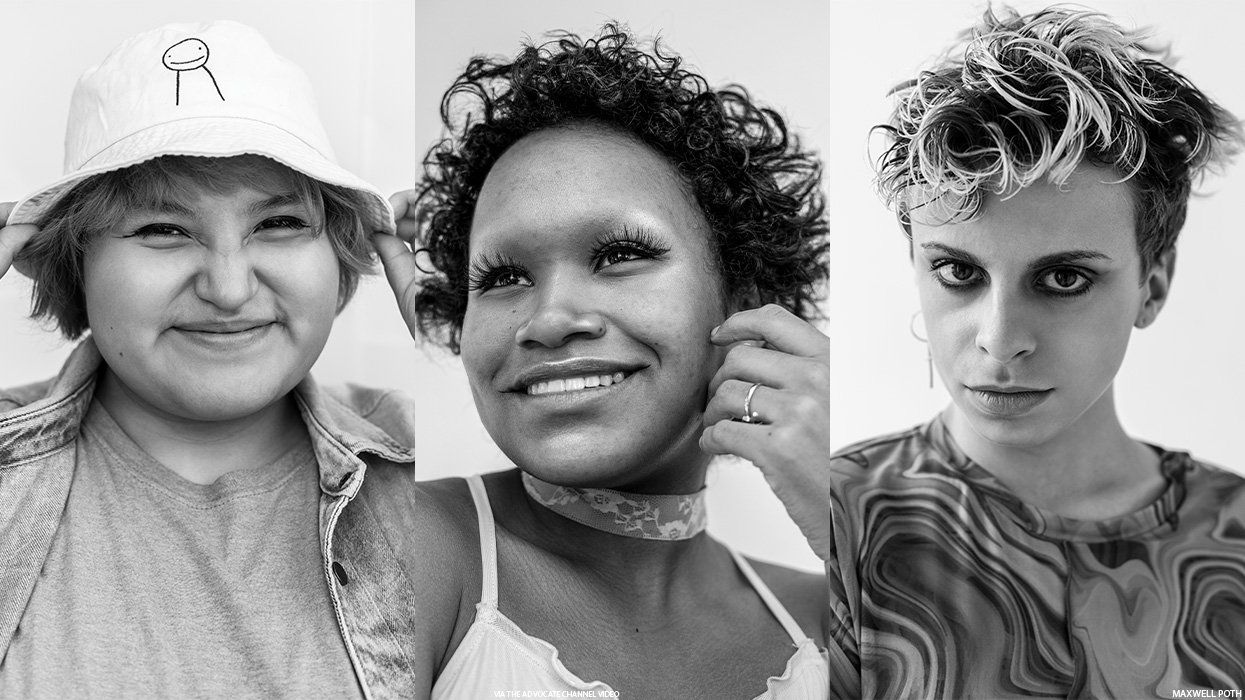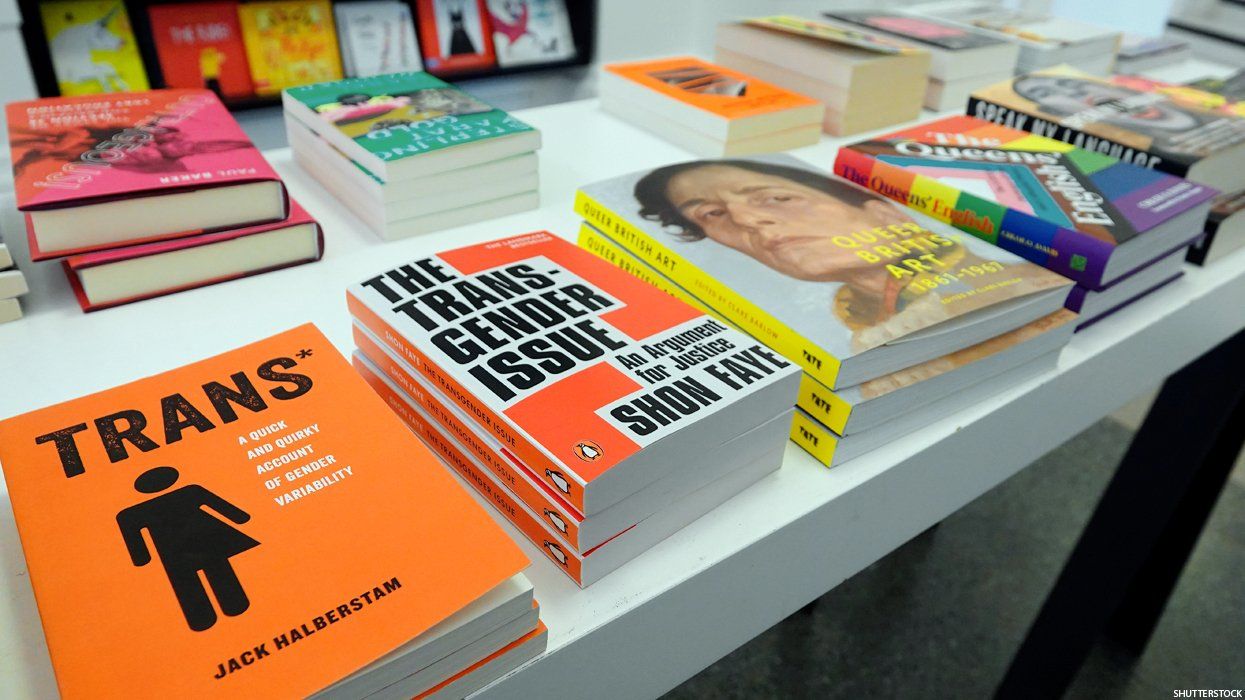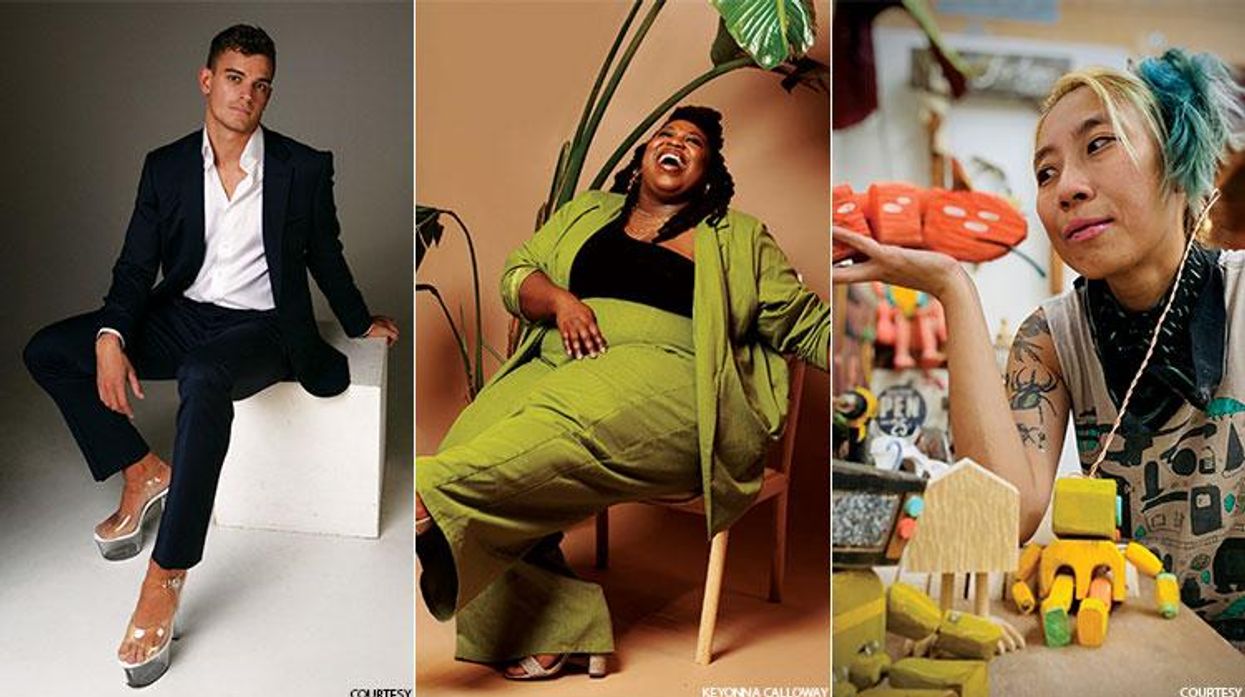Courtesy of Bill Bernstein (Paradise Garage). Timothy Hursley (Palladium). Volker Hiz (Jones). Rod Lewis (installation).
"Everybody wants to be on stage." That was architect Scott Bromley's primary design principle when he decided to transform the stage of a former theater called Studio 52 into the dance floor of what would become the legendary Studio 54.
Related | Become the Supreme Stunt Queen in These Studio 54-Inspired Looks
It would change the look of discos forever (and might have been inspired by 54 habitue Andy Warhol's prediction that "in the future, everyone will be world-famous for 15 minutes"). But who knew that so many of the nightclub's interior tricks and triumphs were governed by its florist and lighting designer? Or that a small crew had only six weeks to erect history's greatest boogie haven?
The first book to examine the aesthetics of the modern dance hall, Night Fever: Designing Club Culture 1960-Today paints a global picture of how discotheques swept through Europe and America in the 1960s, beckoning avant-garde visionaries, political dissidents, and moneyed dilettantes alike. Fashion, furniture, music, lights, graphic design, and art coalesced into heady, sweaty affairs where disparate worlds would collide and marginalized communities would seek refuge. After all, 1970 was when New York hot spot Sanctuary began welcoming gay partiers to the dance floor -- a full year before a statute preventing men from dancing with one other was annulled. For these exiled queer revelers, Sanctuary truly lived up to its name.
But with its archival photos and blueprints, Night Fever also outlines how the insides of clubs evolved over time. Disco designers pulled from art history to create dramatic interpretations of what it means to be free (a Greek sculpture here, a little Russian Constructivism there). In deconstructing and recontextualizing the classics, the underground would reclaim them from the establishment. Now the club is synonymous with subversion and liberation: sexual, artistic, political, or otherwise.






